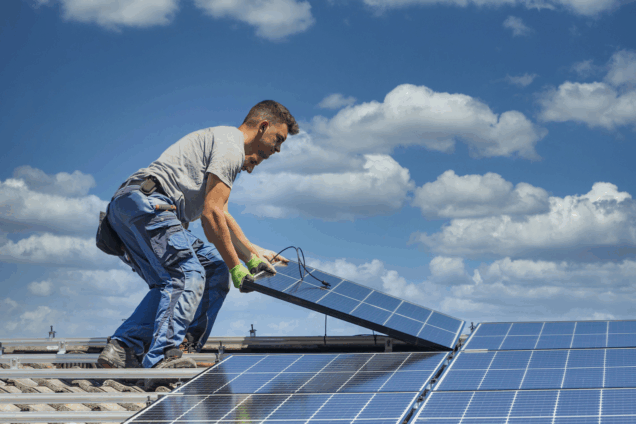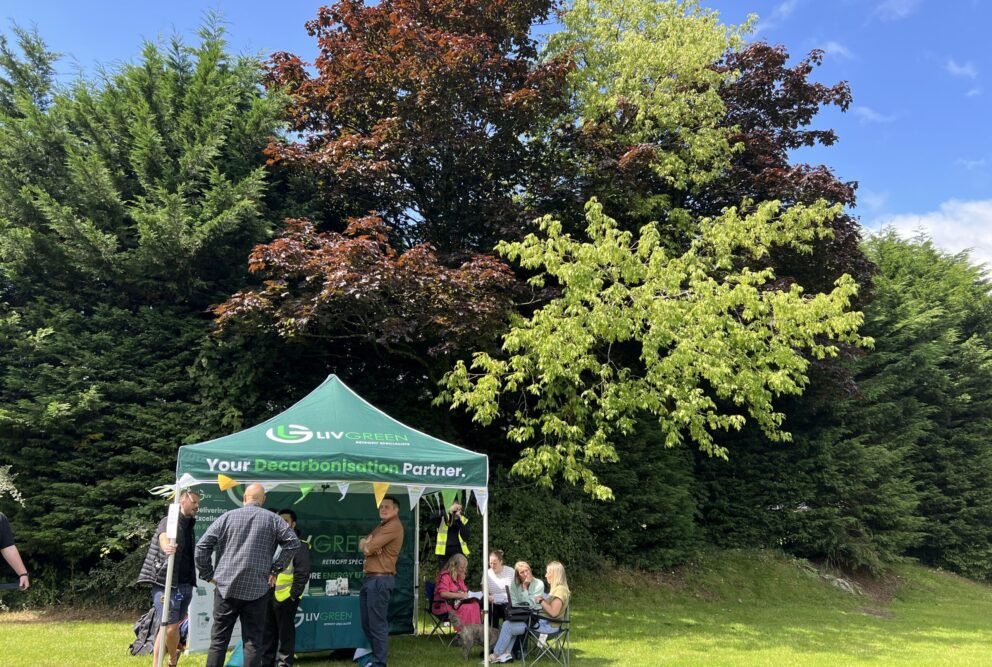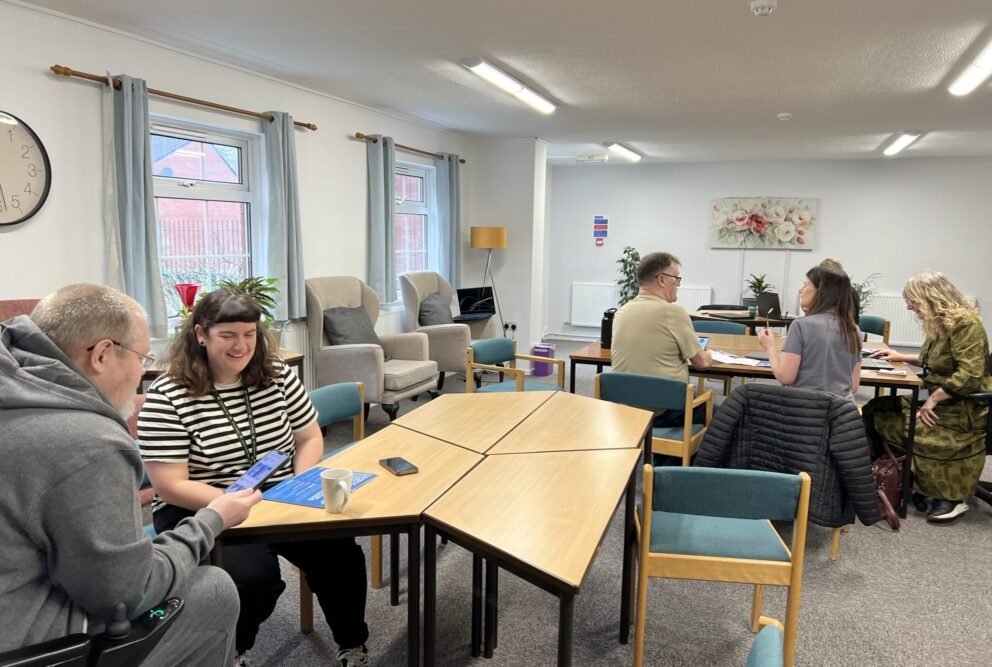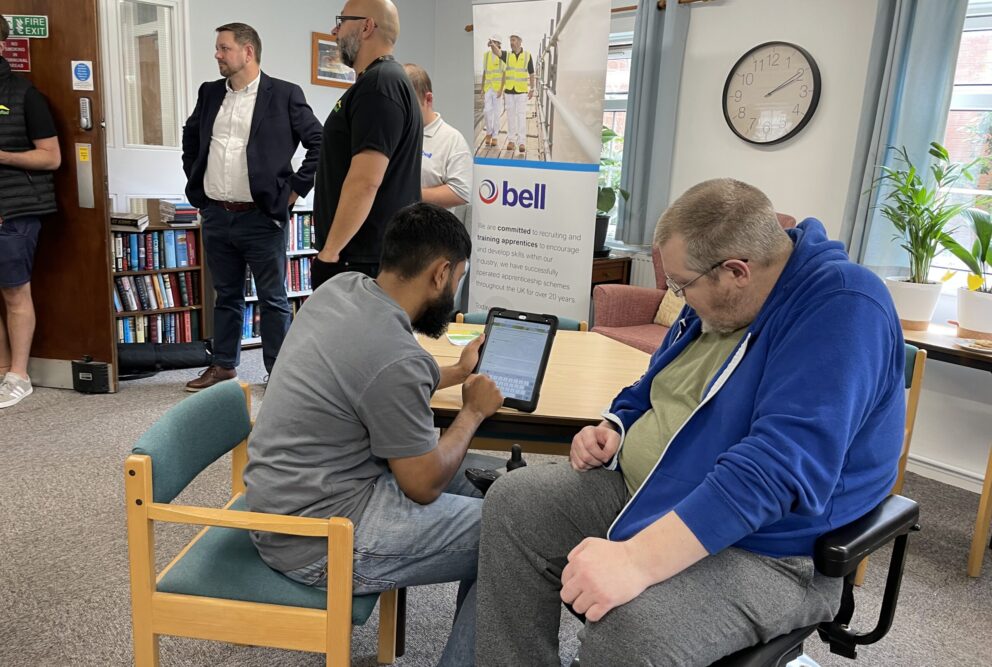Climate change: the facts
Did you know that between 20–30% of total UK carbon emissions come from our homes through the way we live by burning fossil fuels such as coal, gas, and oil? When burned, fossil fuels release carbon dioxide and other gases into the atmosphere. These gases are known as greenhouse gas emissions. Scientific research pinpoints greenhouse gas emissions as the fundamental factor for climate change.
At Hafod we are trying to help reduce these emissions from our homes using our Footprint Programme, which has been part funded by the Welsh Government. This programme sets out the steps we will take between now and 2036, the year we aim to be a net zero organisation. This means reducing the carbon emissions we have control over, to be as close to zero as possible.
Our plans
We’re installing solar panels on the rooftops of many of our cutsomers homes to generate clean, renewable electricity from sunlight.
A more energy efficient home isn’t just great for the planet, it’s better for you too. Your home will be healthier and more comfortable for you and your family, and you’ll likely save money on your energy bills by using less power.
To find out more, visit the Energy Saving Trust for a comprehensive guide.

Steps to complete the energy efficiency improvements to your home
What you need to know:
- It takes about one hour to complete
- A friendly contractor (we’ll tell you who) will visit
- They’ll take photos and measurements and ask a few simple questions
Our contractors will visit your home once again to do more detailed checks. This is to ensure everything is ready for the installers.
This appointment normally takes 30 minutes to complete.
The sensors are small devices and will be fitted in your bathroom, kitchen and lounge. They are wireless so there are no cables leading to each sensor.
These sensors check the inside of your home and measure carbon dioxide levels, temperature, and humidity which can lead to problems such as condensation, damp and mould.
We will also need to fit a Gateway Hub in your home. This should be situated close to your fuse box, and it will be directly wired in. The Gateway Hub collects information from your alarms and environmental sensors to provide Hafod with insights that will help to keep your home healthy and safe. The Gateway hub is the size of a shoe box.
The installation of the environmental sensors and gateway hub can take from 30 minutes to an hour to install.
Please note: These monitors must be fitted before we can continue with any energy efficiency upgrade works, such as installing solar panels.
Hear from our tenant Andrea about her positive experience with our decarbonisation programme, Footprint.
Our contractors once again will make an appointment with you to come and fit what is needed. We will need to put up scaffolding.
Please be assured the contractors will be working to Hafod’s code of conduct for contractors and will always leave your home clean and tidy.
Our contractors do a further check to ensure everything is how it should be and safe to use. They will also help you to understand how to use any new installations to your home. We will also ask you for feedback on the process and whether you are happy with it.
Sean, one of our tenants, spoke to us about his positive experience of getting his solar panels and gateway hub fitted in his home.
Click here to read some FAQ’s for solar panels and the Aico device.




